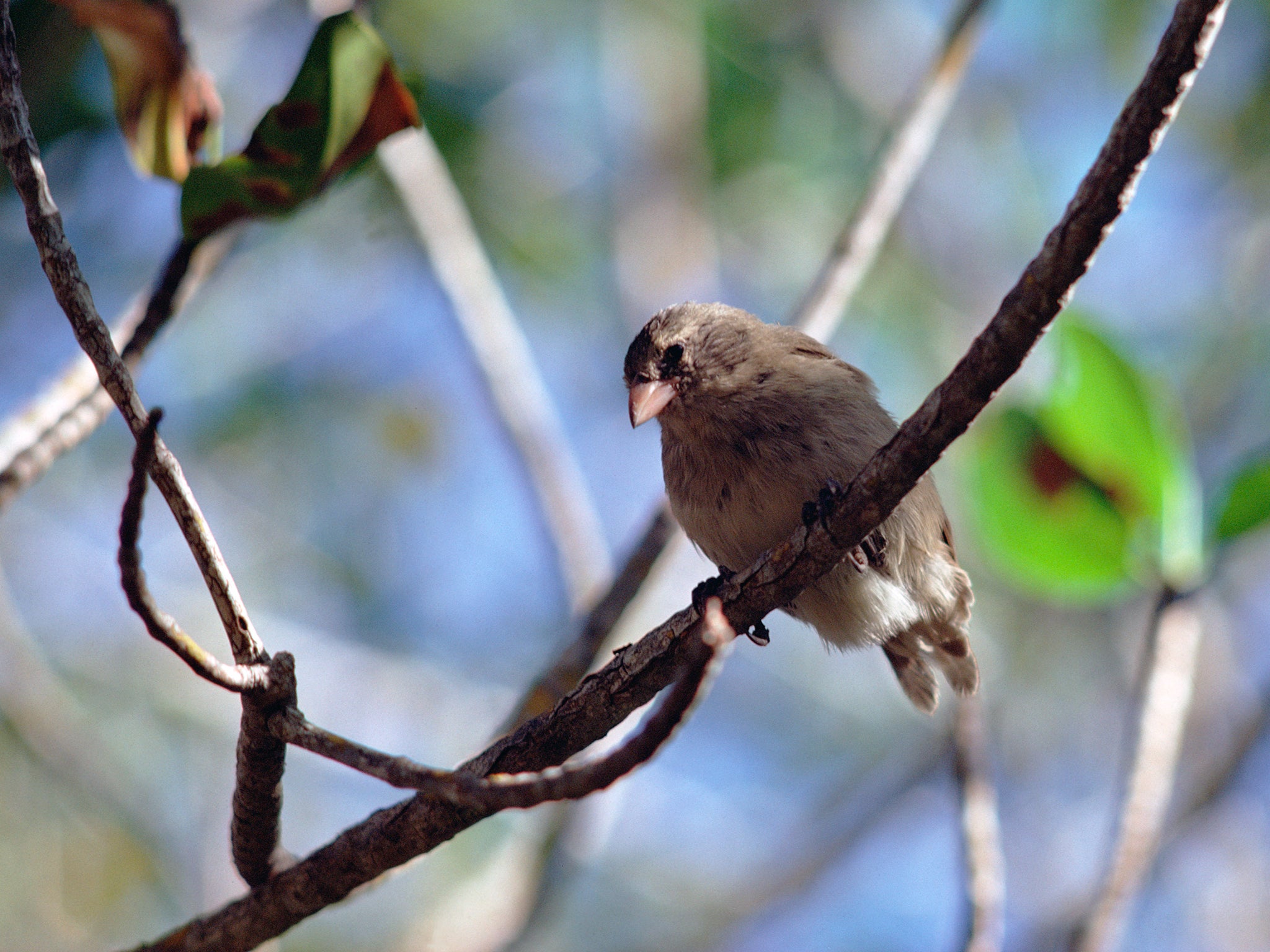Scientists raid mangrove finch nests as they battle to save birds discovered by Charles Darwin from extinction
Fledgings are being reared in laboratories as the species is in peril on the Galapagos Islands

Nests built by one of Charles Darwin’s finches have been raided in an eleventh-hour bid to save the bird from extinction.
Just 80 mangrove finches are left alive on the Galapagos Islands, the only place in the world where they are found, having declined catastrophically since the arrival of Darwin on HMS Beagle in 1835.
With the birds on the brink of extinction, an international team of scientists decided they needed to take the desperate course of taking the eggs and raising the chicks themselves, rather than leave them with their parents in the wild.
A trial was carried out last year in which 15 fledglings were successfully raised from 21 eggs taken from nests, and released into the wild at about three months old. By contrast, just six fledglings were raised in the wild by the 20 surviving breeding pairs of adults.
Critically endangered species
Show all 10Buoyed by the success, the team returned this year determined to collect as many eggs as possible. They managed to track down 30 from 14 nests which are now being cared for in a laboratory.
At least 10 had hatched by last night and more are expected over the next few days, leaving the team with the task of hand-feeding the chicks for the next three months.
The fledglings need to be fed hourly, 15 times a day, and are given a diet of wasp larvae, scrambled egg, papaya, moths and ground chicken.
Mangrove finches are clinging on to survival in an area of just 32 hectares on Isabela Island in two isolated mangrove forests. They used to be found far more extensively, including on the island of Fernandina, but a succession of threats have driven numbers down.
The biggest problem is a parasitic fly, Philornis downsi, which lays its eggs in the nests; when hatched its larvae suck the fledglings’ blood, causing most if not all to die.
The bird is one of 15 species of finch on the Galapagos Islands, and are known collectively as Darwin’s finches.
“Important lessons for science came from the finches. It was the finches that he [Darwin] studied after he returned to the UK that managed to help with describing the theory of natural selection,” said Jen Jones, project officer at the UK-based Galapagos Conservation Trust, which is funding the rescue.
It would, she added, be an appalling and embarrassing loss if the species were to die out.
Dr Glyn Young, of the Durrell Wildlife Conservation Trust, one of the organisations involved in the Mangrove Finch Project, said it is “very unusual” to take and raise the eggs of wild birds and was a reflection of the urgency of the problem.
In his 1845 account of the Beagle expedition, Darwin wrote of the Galapagos finches: “One might really fancy that from an original paucity of birds in this archipelago, one species had been taken and modified for different ends.” DNA evidence has since proved the finches on the Galapagos originated from a single species.
Subscribe to Independent Premium to bookmark this article
Want to bookmark your favourite articles and stories to read or reference later? Start your Independent Premium subscription today.

Join our commenting forum
Join thought-provoking conversations, follow other Independent readers and see their replies